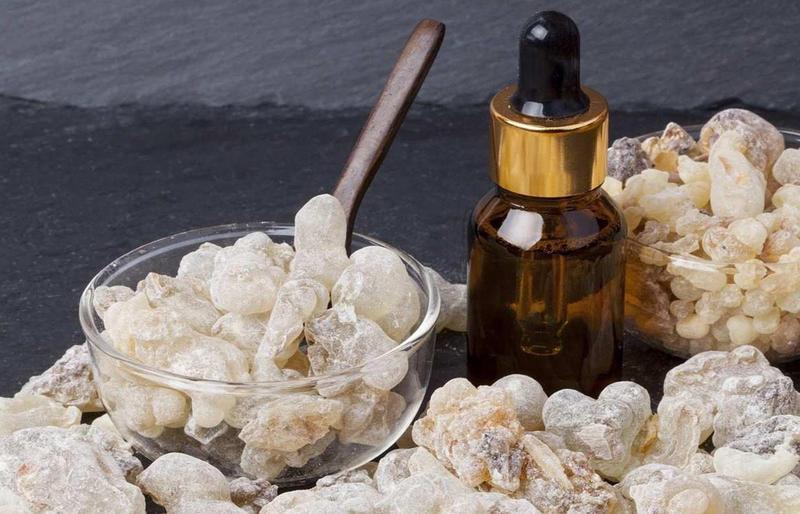Truth about Essential Oils and Brain Injury
Truth about Essential Oils and Brain Injury
When essential oils are inhaled through the nose, tiny nerves send an immediate signal to the brain and go straight to work on the systems that moderate our minds and bodies.
Inhalation can be the most direct delivery method of these incredibly nurturing components in essential oils since the chemical messengers in the nasal cavity have direct access to the brain.
In studies performed in Vienna and Berlin Universities, researchers discovered that sesquiterpenes, a natural compound found in essential oils of Vetiver, Patchouli, Cedarwood, Sandalwood, and Frankincense, can increase levels of oxygen in the brain by up to 28 percent (Nasel, 1992).
Such an increase in brain oxygen may lead to a heightened level of activity in the hypothalamus and limbic systems of the brain, which can have dramatic effects on not only emotions, but on learning, attitude, and many physical processes of the body such as immune function, hormone balance, and energy levels.
High levels of sesquiterpenes also occur in Melissa, Myrrh, Cedarwood, and Clove essential oils.
Usually, various brain injuries are slow to heal, but frankincense oil can aid greatly in this process. Frankincense works by aiding oxygenation of blood going to the brain. This, in turn, will aid in oxygen absorption.
When oxygen is absorbed effectively, it allows the brain to process and retain information, heal, and function correctly.
Frankincense Essential Oil and Your Brain
The human brain is the most complex organ within the body. Injuries to the brain range from mild concussions to more serious head trauma. Usually, various brain injuries are slow to heal, but frankincense oil can aid greatly in this process. works by aiding oxygenation of blood going to the brain. This, in turn, will aid in oxygen absorption. When oxygen is absorbed effectively, it allows the brain to process and retain information, heal, and function correctly.
has a molecular makeup that includes sesquiterpenes, that is able to cross the blood/brain barrier. These sesquiterpenes stimulate the limbic system of the brain and other glands within the brain, promoting memory and releasing emotions. Frankincense slows down and deepens the breath. The therapeutic properties of Frankincense oil are antiseptic, astringent, carminative, cicatrisant, cytophylactic, digestive, diuretic, emmenagogue, expectorant, sedative, tonic, uterine, vulnerary and expectorant.
Research from the universities of Berlin and Vienna found that sesquiterpenes increase oxygenation around the pineal and pituitary glands. This allows for ideal balance of emotion-regulating and memory-stimulating hormones.
The bottom line is that essential oils can penetrate not only the blood-brain barrier, but they can also penetrate the skin, follow nerve pathways, follow the meridians, and provide healing and balance even at the cellular level such as cellular memory
The therapeutic properties of Frankincense oil are antiseptic, astringent, digestive, diuretic, expectorant, sedative, tonic, uterine, vulnerary and expectorant.
Diffusing Is the Way to Go:
Relax the body, clear the mind, and relieve tension.
Helps with weight management.
Reduce bacteria, mold, fungus, and odors.
Improve hormonal balance.
Improve the secretion of antibodies that fight candida.
Relieve a headache.
Stimulate neurotransmitters.
Improve concentration, mental clarity and alertness.
Stimulate secretion of endorphins.
Improve digestive functions.
Stimulate growth hormone production and receptivity.
Therapeutic Grade Essential Oils
The level of purity and therapeutic value of an oil is closely tied its chemical constituents, which can be affected by such things as the soil from which the plant was grown, the soil condition, fertilizer (organic or chemical) climate, distillation process, etc.
In aromatherapy, the quality of your oils is everything so to achieve healing benefits, it is important to use undiluted therapeutic grade essential oils. Look for the term “100% therapeutic grade essential oil” on labels. You need to understand that essential oils may be labeled as l00% organic essential oil, but this does not mean that they are pure.
Therapeutic quality essential oils are laboratory tested and certified to be free from impurities. A therapeutic-grade essential oil is one that is both complete in its chemical constituents, giving it a rich, deep aroma, and is kinetically alive and able to raise the frequency of the human body, restoring balance and normal function to weak body systems. This is important, because the oil’s fragrance, frequency and chemistry all contribute to its unique therapeutic effects. If any of these properties is compromised, as a result of poor production practices, an essential oil cannot rightly be called therapeutic-grade.
Be the first to post a message!
